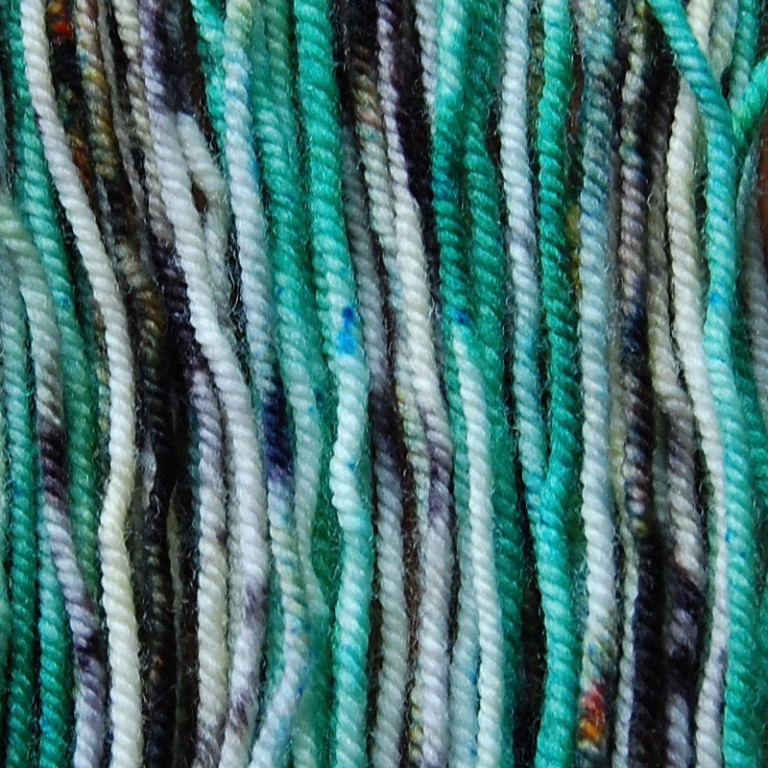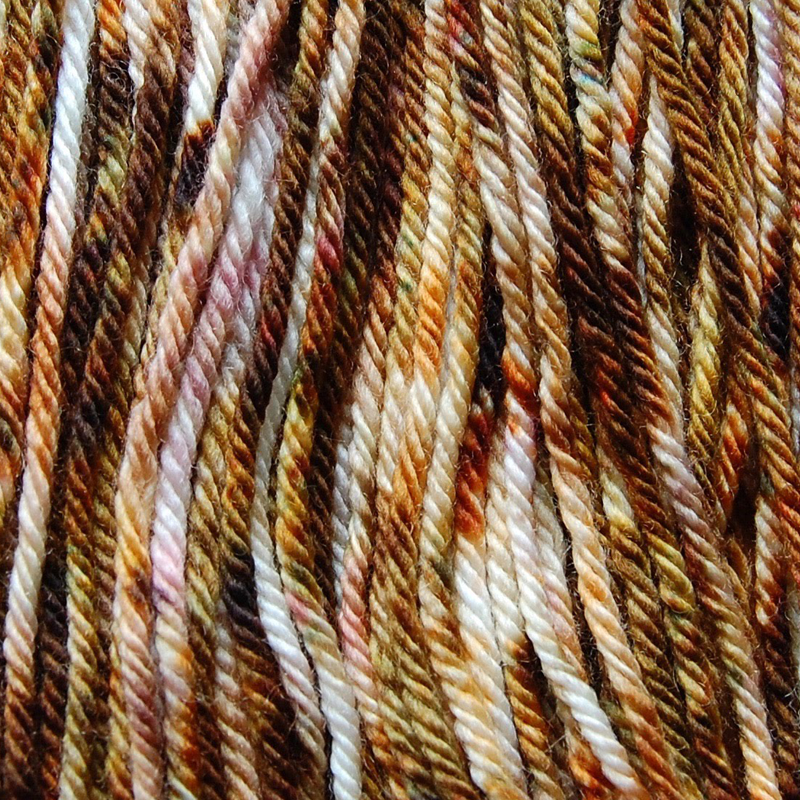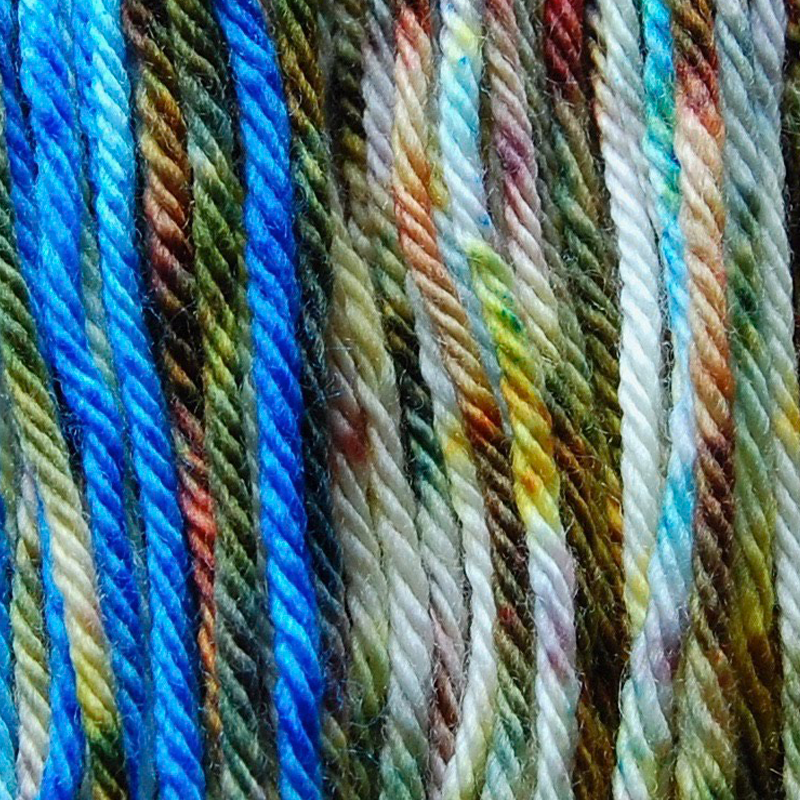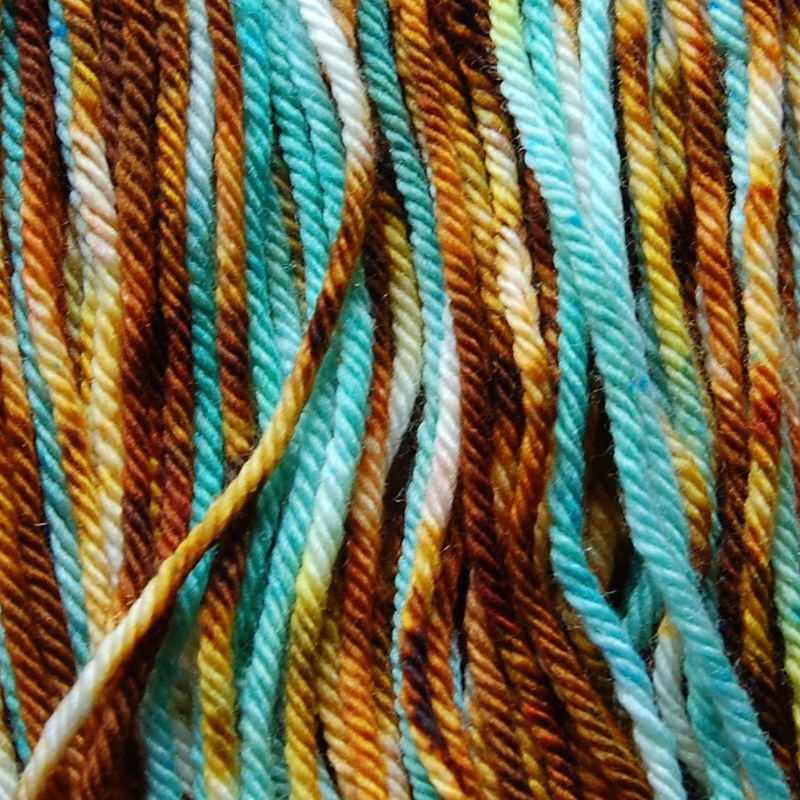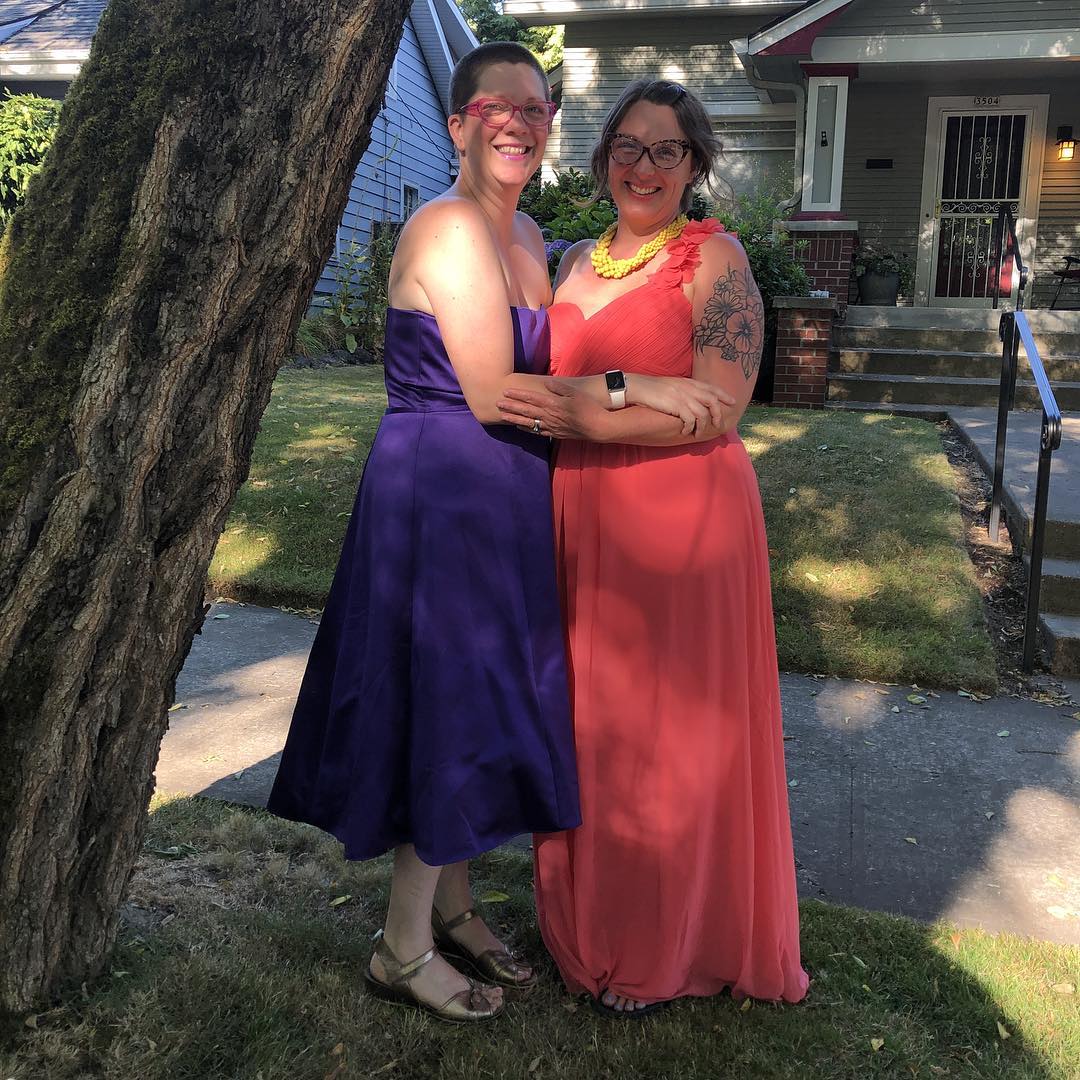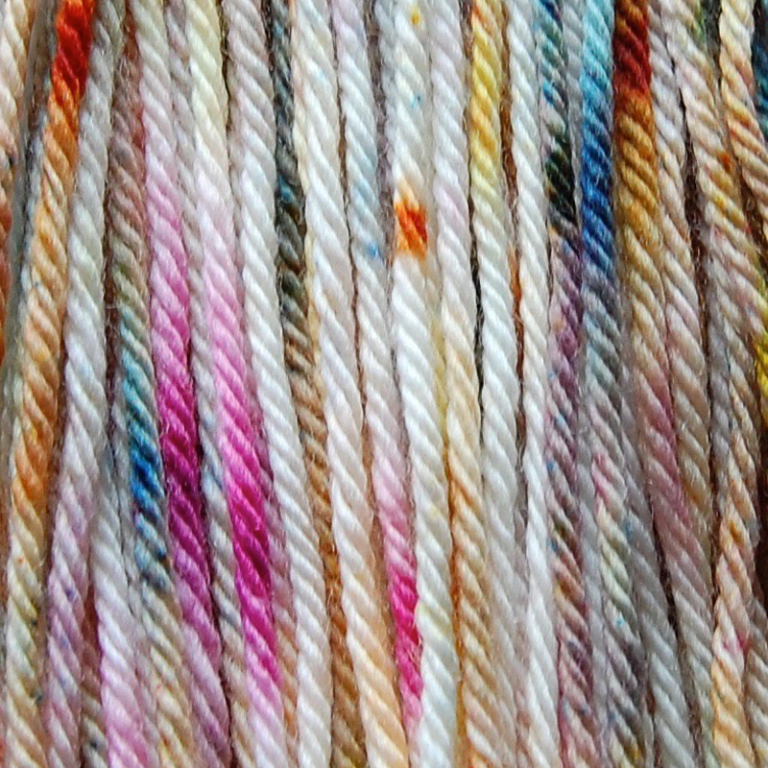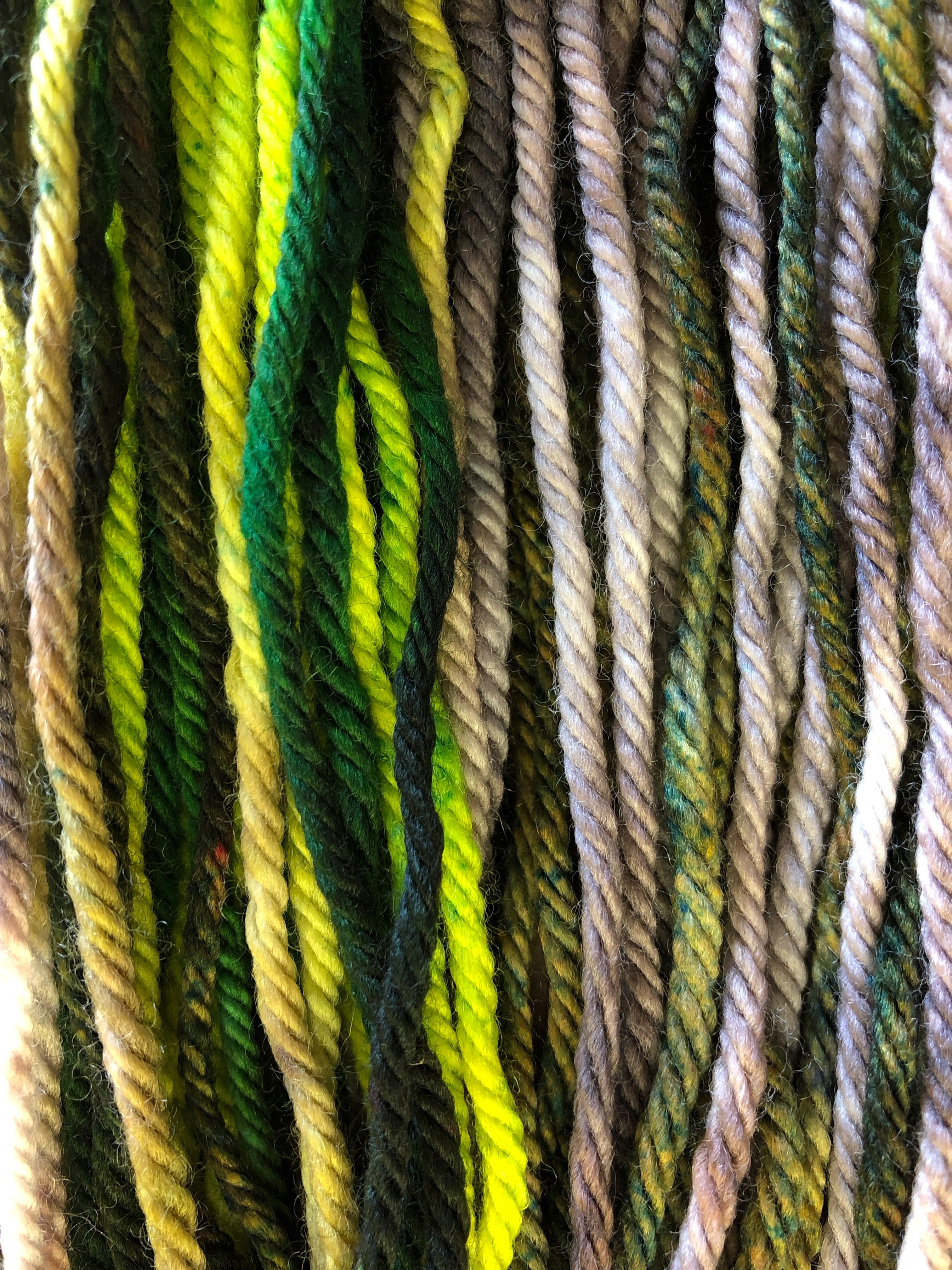We are sharing our love letters for the HerStory Sock Club here, just in case you misplaced yours, didn’t get one, or want to check out what we send prior to signing up. Remember that there are many LYS’s that carry HerStory (listed on our front page), but if your local shop doesn’t, or if you love getting unicorn-encrusted mail from us, you can purchase a 3-month or year-long subscription from us here.
” Hey sky, take off your hat, I’m on my way!”
“Anyone who has spent any time in space will love it for the rest of their lives. I achieved my childhood dream of the sky.”
“If women can be railroad workers in Russia, why can’t they fly in space?”
“Once you’ve been in space, you appreciate how small and fragile the Earth is.”
-all quotes by June’s HerStory recipient Valentina Tereshkova
Every month, we get to spend a little time getting to know another amazing woman, and this month, our HerStory recipient is really out of this world. Meet trailblazer Valentina Tereshkova, the first woman in space.
Born March 6, 1937, Tereshkova grew up in a proletarian family in central Russia. Her mother worked in the textile industry, and her father fought in the Finno-Russian War of 1939-1940 and went missing in action. She left school at 16 to work in the textile industry and help support her family, finishing her education via correspondence courses. She became interested in skydiving at a young age, and joined her local Aeroclub, making her first jump at the age of 22. She fell in love with skydiving; she was hooked.
In 1961, after the successful launch of the Russian space program, the powers that be in the program decided that it was their patriotic duty to beat the Americans in any way possible, including being the first country to send a woman to the final frontier. There were over 400 applicants for this program, with the list of qualifications including: trained parachutists; no older than 30; no taller than 170 cm (5 ft 7 in); weighing no more than 70 kg (154 lbs); and, perhaps most important, ideologically pure. Tereshkova applied for the program and was selected, and, along with four other skydivers, began intensive training for space flight. In the final selection process, Tereshkova beat out her closest competitor, not because she was more qualified (her testing resulted in lower scores than the female cosmonaut she was pitted against), but because she was a better communist. It was all about the propaganda in Russia at the time, and Tereshkova proved herself to be the picture-perfect New Soviet Woman. She was a reliable communist, a factory worker from a humble background, and a ‘good’ girl, with the looks, charm, and attitude necessary for celebrity.
On June 16, 1963, after a two-hour countdown, the spacecraft Vostok 6 took off, carrying Tereshkova (call sign Chaika, or seagull) to space. She was the first woman ever to leave the Earth’s atmosphere, and she spent three days in space, orbiting the Earth 48 times. With a single flight, she logged more flight time than the combined times of all American astronauts who had flown before that date.
Upon her return to Earth, Tereshkova faced lots of criticism from a certain faction in the Soviet Air Force, with heavy-handed attempts to discredit her. She was called weak for experiencing physical discomfort while in space, and criticized for calling attention to an orientation error that could have caused her death upon attempted re-entry. Ultimately, her allies outnumbered and outmaneuvered her opponents, and she became a beloved fixture in the communist party and beyond, remaining an enduring Soviet hero to this day.
After her space flight, Tereshkova had a rich, full, life, but she always hoped to once again leave the Earth’s atmosphere. She never made it back to space, although in 2013, when meeting with Vladimir Putin, she offered to embark on a one-way trip to Mars. Shortly after her trip to space, she married another cosmonaut, giving birth to her daughter, the first person to have both a mother and father who had been in space, a mere year after her space flight. She had a rich political career, working in the communist party as a prominent member. She received a graduate degree in engineering from the Zhukovsky Air Force Academy. She represented Russia, and Russian woman, at the Olympics, UN conferences, and the World Peace Council. Her marriage was ultimately unhappy, and it wasn’t until gaining the personal permission of Soviet Premier Brezhnev in 1982 that she was able to divorce her first husband. She later married for love, and had 20 years of happiness with her second husband before he passed away.
The quotes at the top of this love letter embody the joy and pride Valentina Tereshkova felt in space, and the deep impact it had on the rest of her life. She is now retired from most of her public and political life, living in a small brick dacha on the outskirts of Star City, a house with a seagull weathervane, commemorating the call sign of her flight in space, and still hoping, we are sure, to once again make it out of this world and into the deep of space.
As you honor our HerStory recipients by knitting with the yarn inspired by their lives, please be sure to share your projects with us. On Instagram, tag @knittedwit, and use hashtags #knittedwit and #herstory2018kal. On Facebook, make sure to join our Knitted Wit Knitalongs Group (https://www.facebook.com/groups/knittedwitkal), to be inspired by what your co-HerStory knitters have made, and inspire all of us with your creations. We are halfway through our HerStory lessons for the year, and are daily inspired by the women we have honored so far. We hope this journey has been inspiring for you, as well.
